Which plants can protect against computer radiation?
Computer screens can produce a carcinogen called dibenzofuran bromide. So, the room that puts computer had better be able to install ventilator, if do not have, when surfing the Internet should pay attention to ventilating especially still put a few plants that prevent computer radiation. Sometimes when the display is too hot, there will be a considerable amount of electromagnetic radiation when working, which will ionize the air, constantly produce positive charges (positive ions), and constantly neutralize with the negative ions in the air, resulting in almost zero content of negative ions. Negative ions are more beneficial, positive ions are more harmful, and for a long time they enter the lungs through breathing and are then transported to various tissues of the human body with blood circulation, making people's blood and body fluids acidic, delaying the normal metabolic function of the body and hoarding toxins in the body. Make people insomnia, immunity decline, female endocrine disorder and so on. There are some unknown plants in life that really contribute to the protection against computer radiation.
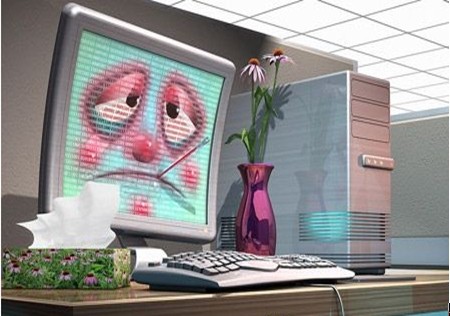
There are too many plants to be exposed to radiation. Cactus and cactus are generally considered to be the most effective and economical plants. Green plants are the "devourers" of indoor harmful substances, flowers and plants are natural "health care doctors", and fragrant smells can be "turbid" and "enlightened" to improve work efficiency. The pollutants from the office are absorbed into the plant through the micropores on the back of the leaves of ornamental plants, and the symbiotic microbes in the roots of flowers can also decompose the pollutants and be absorbed by their roots. For example, aloe vera and orchid can convert formaldehyde, which is thought to cause cancer, into natural substances such as sugars or amino acids in their metabolism. Different kinds of ornamental plants can "swallow" different harmful chemicals, such as orchid, Fulang flower (also known as African chrysanthemum), birch, etc., mainly absorb formaldehyde, and can also decompose the benzene emitted by photocopiers and printers, and "swallow" nicotine.
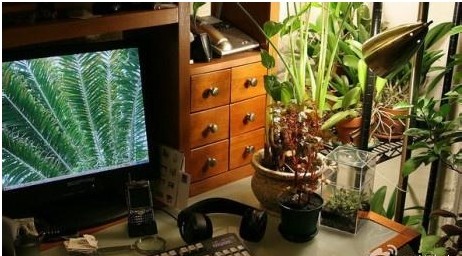
Aloe, cactus
Aloe and cactus are radiation-proof plants often used by office workers. In addition, you can also put some absorbents and deodorants, as well as a variety of plants that can give off fragrance. Not only low-carbon and environmentally friendly, but also natural fragrance.
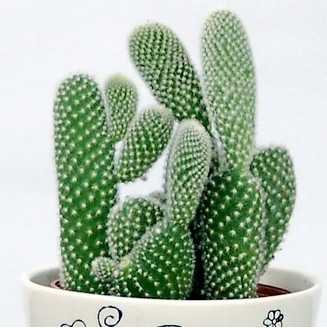
Thousand-year wood
Thousand-year-old wood, also known as Zhu Jiao, is a shrub plant of the tequila family, the underground part has developed Diandian rhizomes, easy to sprout mulberry, its main stem is tall and straight, the stem is 1-3 meters high, unbranched or less branched. Its charming appearance and its ability to adapt to the dark and dry environment of the office are loved by interior designers.
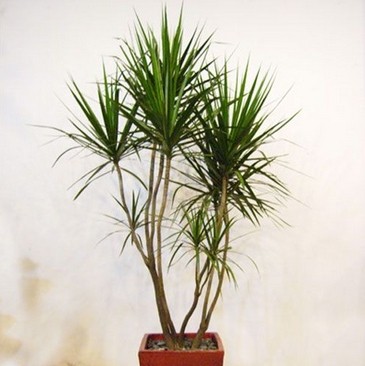
Pendulous leaf banyan
Weeping-leaf banyan (Ficus benjamina Linn), also known as Ficus tenuifolia, is an evergreen tree of the genus Ficus of Moraceae. This kind of plant shows many excellent characteristics. It increases the humidity of the room and is good for our skin and breathing. At the same time, it can also absorb formaldehyde, xylene and ammonia and purify the turbid air.
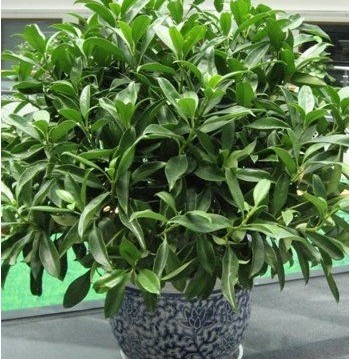
Green pineapple
Large evergreen vines. Growing in the tropics, it often climbs on the rocks and tree trunks of the rainforest and can grow into giant lianas. The green leaves have yellow patches. It is a kind of flower which is more suitable for indoor display.
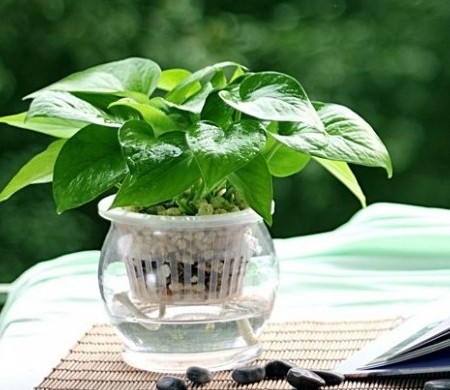
Bring a cactus; bring healthy plants into Life the "Let healthy plants into the Office campaign" is an EU-funded campaign that is currently under way in the UK, Germany, Austria, Belgium, France, Italy, Sweden, Denmark, Finland and the Netherlands. The idea it spreads is that healthy plants can increase productivity. According to the campaign's promotion website, the phenomenon of poor indoor air exists in all the modern office buildings in Europe, which even leads to a high rate of sick leave for employees. A study at a hospital in Norway showed that employee absenteeism due to sick leave was halved after the introduction of healthy plants to offices. Other studies have confirmed that people's work efficiency will be greatly improved if they put healthy plants next to the computer screen for more than four hours a day.
Bring a cactus; bring healthy plants into Life the "Let healthy plants into the Office campaign" is an EU-funded campaign that is currently under way in the UK, Germany, Austria, Belgium, France, Italy, Sweden, Denmark, Finland and the Netherlands. The idea it spreads is that healthy plants can increase productivity. According to the campaign's promotion website, the phenomenon of poor indoor air exists in all the modern office buildings in Europe, which even leads to a high rate of sick leave for employees. A study at a hospital in Norway showed that employee absenteeism due to sick leave was halved after the introduction of healthy plants to offices. Other studies have confirmed that people's work efficiency will be greatly improved if they put healthy plants next to the computer screen for more than four hours a day.
Related
- Wuhan Hospital Iron Tree Blooming Result Was Instantly Frightened by the Gardener Master
- Which variety of camellia is the most fragrant and best? Which one do you like best?
- What is the small blue coat, the breeding methods and matters needing attention of the succulent plant
- Dormancy time and maintenance management of succulent plants during dormancy
- Minas succulent how to raise, Minas succulent plant pictures
- What are the varieties of winter succulent plants
- How to raise succulent plants in twelve rolls? let's take a look at some experience of breeding twelve rolls.
- Attention should be paid to water control for succulent plants during dormant period (winter and summer)
- Watering experience of twelve rolls of succulent plants
- Techniques for fertilizing succulent plants. An article will let you know how to fertilize succulent plants.



